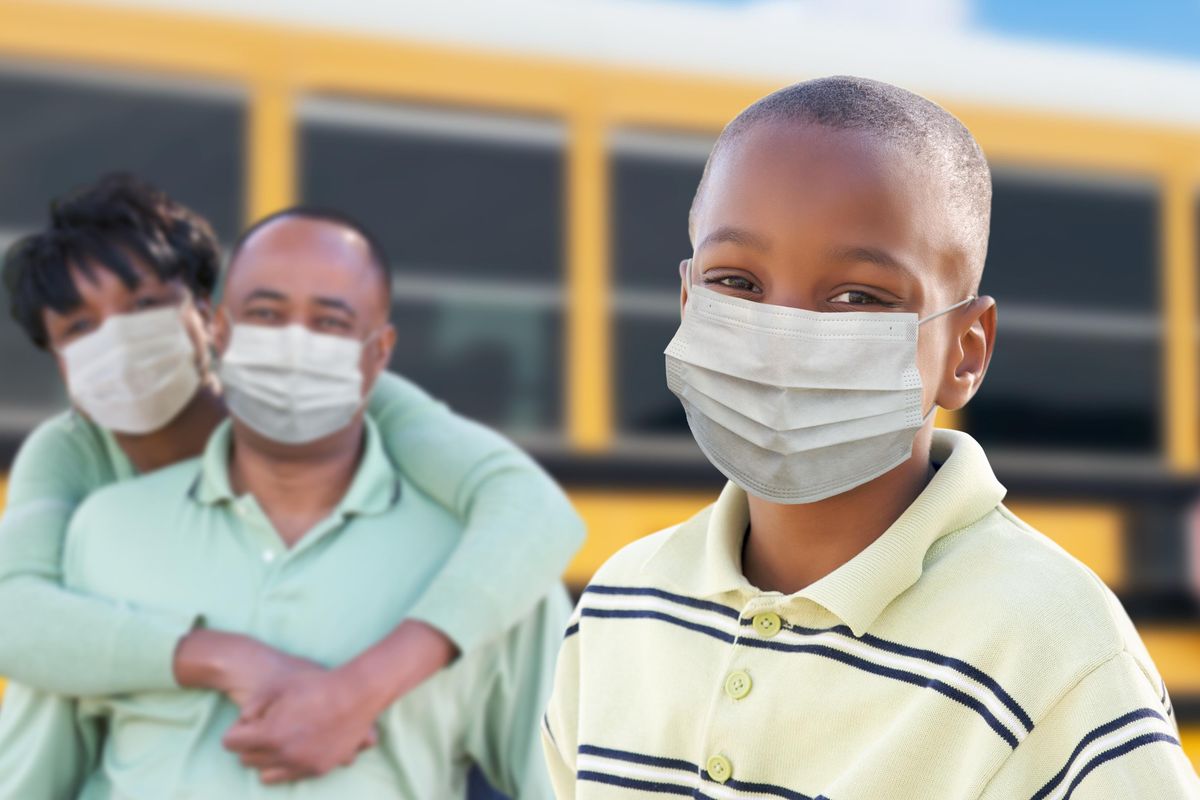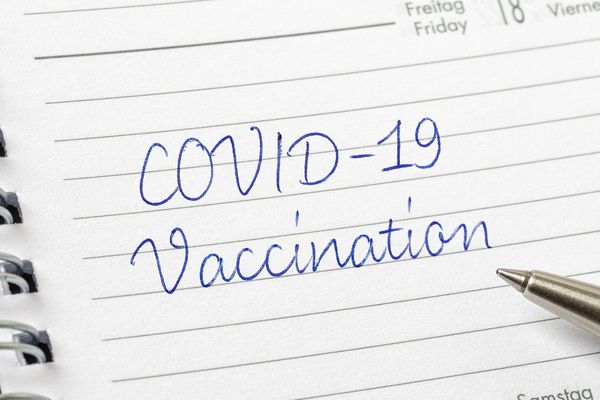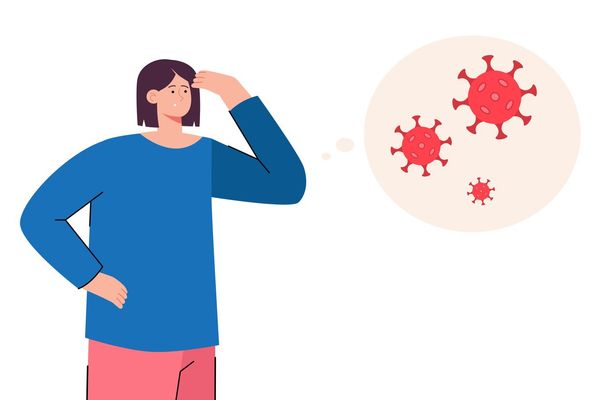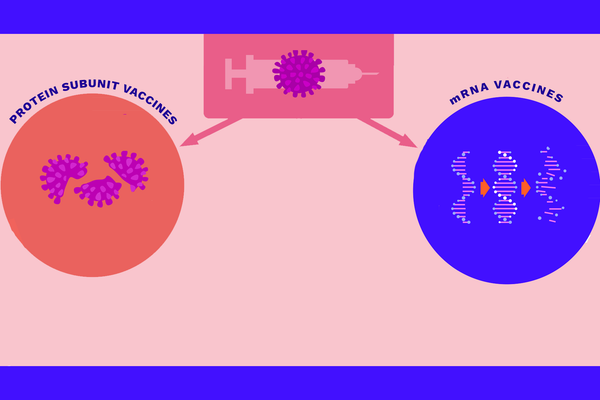By Dominique A. Phillips, University of Miami and Jill Ehrenreich-May, University of Miami
Pilar's parents took all the recommended precautions to shield her from the dangers of COVID-19. They stayed at home, away from family, friends and group activities. Pilar had remained in virtual schooling throughout the pandemic as a first and then second grader.
As things began to open up again and her grandmother received the COVID-19 vaccine, Pilar's parents began to hear a new signature phrase from her: “I don't want to go." Not to her gymnastics class, not to the grocery store, not even to the outdoor patio of her favorite restaurant.
After all the events of the past year, 7-year-old Pilar was apprehensive and worried about reengaging with the world outside her close-knit family. With the return to in-person school looming, Pilar's parents were at a loss.
As researchers and clinicians who work directly with children and families experiencing anxiety, we have heard many versions of this story as the U.S. enters a new stage of the coronavirus pandemic. For some children, avoiding others has become understandably normal and the path back to pre-pandemic interaction may feel like a challenge to navigate.
Feeling stressed is normal these days
The pandemic led to abrupt and extended changes to families' routines, including more isolation and removal from in-person schooling, that are associated with worsening mental health in young people.
Since March 2020, there's been a significant increase in reported youth anxiety, particularly in relation to fears of the coronavirus, along with greater frustration, boredom, insomnia and inattention. Results of a survey from summer 2020 found that over 45% of adolescents reported symptoms of depression, anxiety and post-traumatic stress.
Parents are also struggling emotionally. Adults report increased symptoms of depression, especially those experiencing high levels of anxiety related to risk of coronavirus exposure or infection. Parents are at even greater risk for psychiatric illness, with many reporting less personal support since the arrival of COVID-19. Parents must juggle the demands of work, home management, virtual schooling and child behavior during this time of prolonged isolation. The majority of people are able to adapt to new and stressful situations, but some experience severe and extended psychological distress.
So, what can parents do to care for both themselves and their children as we gradually transition back to interacting in public?
Worried about catching COVID-19 out there
As children and adolescents begin to leave isolation and return to public spaces, they might worry more about becoming sick. Of course it's entirely reasonable to have concerns about health and safety in the midst of an ongoing pandemic. Parents can listen to children's worries and express understanding about them in a brief and age-appropriate way.
But parents should also pay attention to how intense these worries seem to be. Is your child getting caught up in excessive hand-washing and cleaning? Adamant about avoiding even public spaces that you deem safe? With kids who are struggling, parents can discuss the differences between appropriate and excessive safety precautions.
Remind your child that while it's important to be safe, it is also important to adapt your safety strategies to new information and situations. Drawing distinctions between what you and your children can and cannot control when it comes to getting sick, limiting excessive reassurance about safety and having a plan to manage challenging situations as they occur can help your child feel ready to meet the world.
Not ready to socially reengage
Throughout the pandemic, some children have continued to attend school in person, while others have conducted most of their learning online. During the transition back into in-person environments, different people will adjust to engaging with others at different speeds.
For kids expressing worry about resuming face-to-face social interactions, parents can help ease the process by expressing empathy simply and clearly. This hasn't been an easy time for anyone.
Assist your child in taking smaller, more manageable steps toward regular interactions. For example, your child may not feel ready to spend time with friends indoors, but they may feel comfortable meeting one pal at an outdoor park. This first step can get them started down a path to participating in additional activities with more friends or in more settings, where safe and appropriate. Setting incremental goals can help children feel more in control about facing uncomfortable situations where their initial response may be to avoid.
While it may feel easier in the moment to accommodate your child's desire to avoid social situations that feel more awkward or overwhelming than before, it is important not to reinforce such behavior. Prolonged avoidance can lead to even more anxiety and less confidence in socializing.
Instead, acknowledge that engaging with others can feel hard when you're out of practice. Help your child think about ways they've successfully coped with similar worries in the past. For example, you might ask how they handled adjusting to kindergarten when it felt new and different for them. What did they do then that felt particularly helpful for coping?
If they're assuming the worst about upcoming contact with others, encourage flexibility and help them develop more realistic expectations. In so many cases, the anxious anticipation is much worse than the reality of a dreaded social interaction.
Resistant to a busier, more active schedule
For many families, the rise of the COVID-19 pandemic cleared calendars that were usually packed with obligations. Some kids might have welcomed a slower pace or gotten cozy with the more low-key bubble lifestyle. Now the shift back to a more active schedule might feel overwhelming.
If your child is having trouble handling the loss of downtime, work with them to strike their own version of “work-life balance." Help your child create new routines that incorporate regular meals, good sleep hygiene, necessary breaks and organization around completing schoolwork. These steps can establish more structure where it may be lacking and help ease the burden.
[Get the best of The Conversation, every weekend.Sign up for our weekly newsletter.]
Remember to make new or renewed activities as fun as possible to promote buy-in from family members. While things will most certainly get busier, maintaining positive one-on-one or family time with your child will help them feel supported as they move into this next stage.
The good news is that many children like Pilar are highly resilient and recover well from difficult circumstances. The COVID-19 pandemic is something kids have been coping with, in some cases, for much of their young lives. It may take time and patience, but with positive support, even more anxious kids like Pilar can ease their way back to a comfortable, confident “new normal."![]()
Dominique A. Phillips, Ph.D. Student in Clinical Psychology, University of Miami and Jill Ehrenreich-May, Professor of Psychology and Director of the Child and Adolescent Mood and Anxiety Treatment Program, University of Miami
This article is republished from The Conversation under a Creative Commons license. Read the original article.







